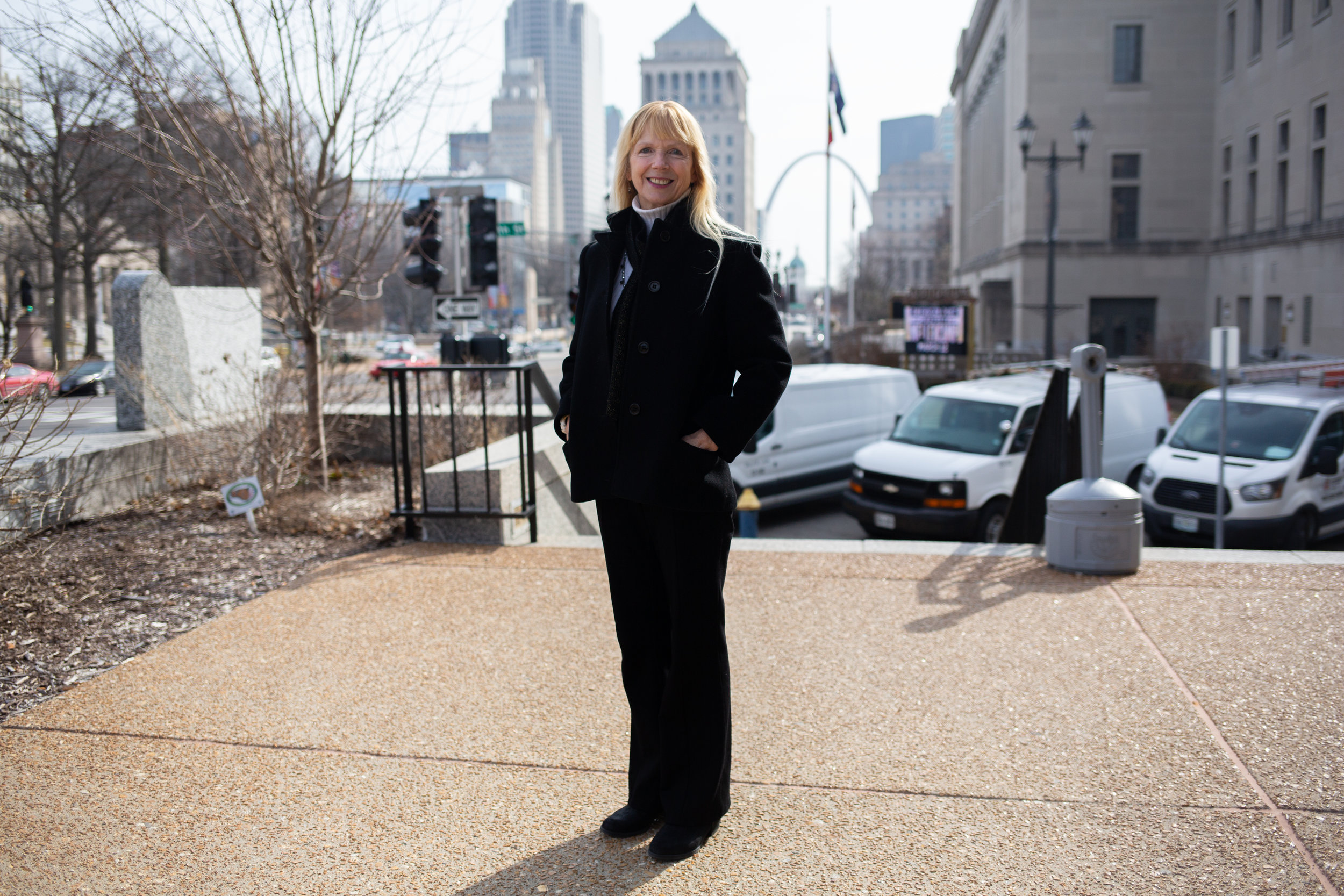Congratulations to Messiah Community Center, recipient of our 2019 Award for Excellence in the Community Building Nonprofit Sector!
The Award for Excellence in the Community Building Nonprofit Sector recognizes a community-building nonprofit that:
Demonstrates excellence in multi-year, place-based, collaborative, comprehensive community building based on strong community engagement.
Uses data and evaluation to achieve maximum impact in their efforts.
Humans of St. Louis storyteller Maleeha Samer met with Becky Gill and Pastor Mike Okine of Messiah Community Center to learn more about their community building work. Here’s some of what they had to say.
Becky Gill (left) and Pastor Mike Okine
“I come from Ghana, where community building is just the nature of the people. Throughout the large cities, small cities, and rural areas the sense of community is very high. Everybody cares about everybody. You have different people in your church from different backgrounds. You watch the news. You see what is going on. And you want to be in a church that has hands and feet in the community, so people don’t see you just as a building that people go to on Sundays. At Messiah Community Center, we are defining this space to ensure that it’s open to everybody. We make sure that even though there are divisive issues in the community, we try to save politics. Let’s say you have one party wanting to do something in this space? What about the other group? Yeah, people individually belong to parties, even in the church. But we try to do things that will not divide. We want this to be a place where people can come and have understanding; where they can live together and get to know each other to understand each other.”
- Pastor Mike Okine, Messiah Community Center
“A high priority for us is having community-led events. This isn’t a space that’s about the experts coming in and teaching things, but about the apartments’ residents and neighbors with certain skills that can offer what they know. We had our martial arts classes taught by someone who brought his kids to programming and was like, ‘These classes are great. I would love to do this.’ Now he’s been volunteering for close to a year. Our cooking classes have been led by someone we met who’s living in an apartment building in the neighborhood. We hosted a block party in the fall, and the weather was pretty crappy because we’ve had crappy weather since November. It was fun to see neighbors and different people that have been involved here. One lady noticed we didn’t have any large trash bags because we only had smaller trash cans. So she brought a huge trash bin and started helping with cleanup. We had our cooking instructor bring her family and others to help. And one of the ladies who comes to exercise and her grandson was helping them, too. We had fires going, and kids were coming from down the block to make s’mores. It was cool to see everybody saying, ‘Hey, what’s going on?’ There was food and fun. People were talking and getting to know each other. And a lot of different people that didn’t necessarily know each other before the day started had a really good party together.”
- Becky Gill, Messiah Community Center
We hope you can join us to celebrate community builders like the team at Messiah Community Center at our 7th Annual Community Building Awards on April 11!
Photostory by Humans of St. Louis and Maleeha Samer. Photostory narratives represent the opinions of the speaker(s) featured only and do not necessarily represent the views of the Community Builders Network of Metro St. Louis or the University of Missouri-St. Louis.




















